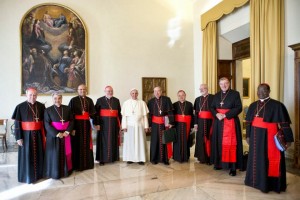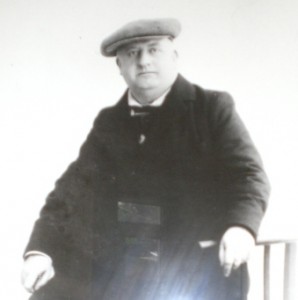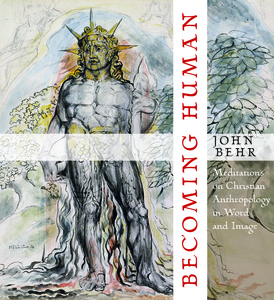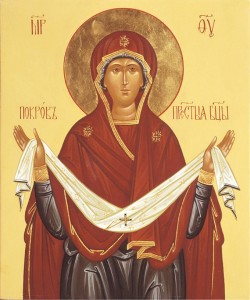 James Michael Thompson has a new book, Lights From the East, Pray For Us! This is his second.
James Michael Thompson has a new book, Lights From the East, Pray For Us! This is his second.
Published by Liguori Publications, so pre-order now.
The book provides a brief biography, a scripture reading, a reflection, a prayer, and a hymn for fifteen saints from the Eastern Churches. Lights From the East presents the Church’s incredible riches of some of the saints to English speakers, by giving the reader icons, biographies, Scripture, reflections, translated quotations from the service that honors the saint, prayers, and original hymns set to Rusyn or Galician melodies.
Thompson covers saints of the Old and New Testaments, Prophet Daniel and the Three Holy Youths, the First-Martyr and Equal-to-the-Apostles Thecla, Martyr Barbara, Macrina the Younger, Sabbas, Xenophon & Mary, and their sons, Arcadius & John, Cyril & Methodius, Theodosius of the Monastery of the Caves in Kiev, David of Thessalonica, Maximus the Confessor John Chrysostom, John of Damascus, Martyrs of the Twentieth Century.
The forward is by the Rev. Dr. Peter Galadza of the Sheptytsky Institue for Eastern Christian Studies.
J. Michael Thompson of Pittsburgh is a well-known choral director, liturgical scholar and practioner. One of his major works has been the Schola Cantorum of St. Peter the Apostle of which he is the founder and artistic director. Thompson has served as professor of ecclesiastical chant at the Byzantine Catholic Seminary of Saints Cyril and Methodius in Pittsburgh and was the cantor/ director of music at the Byzantine Catholic Cathedral of Saint John the Baptist in Munhall, Pennsylvania.







